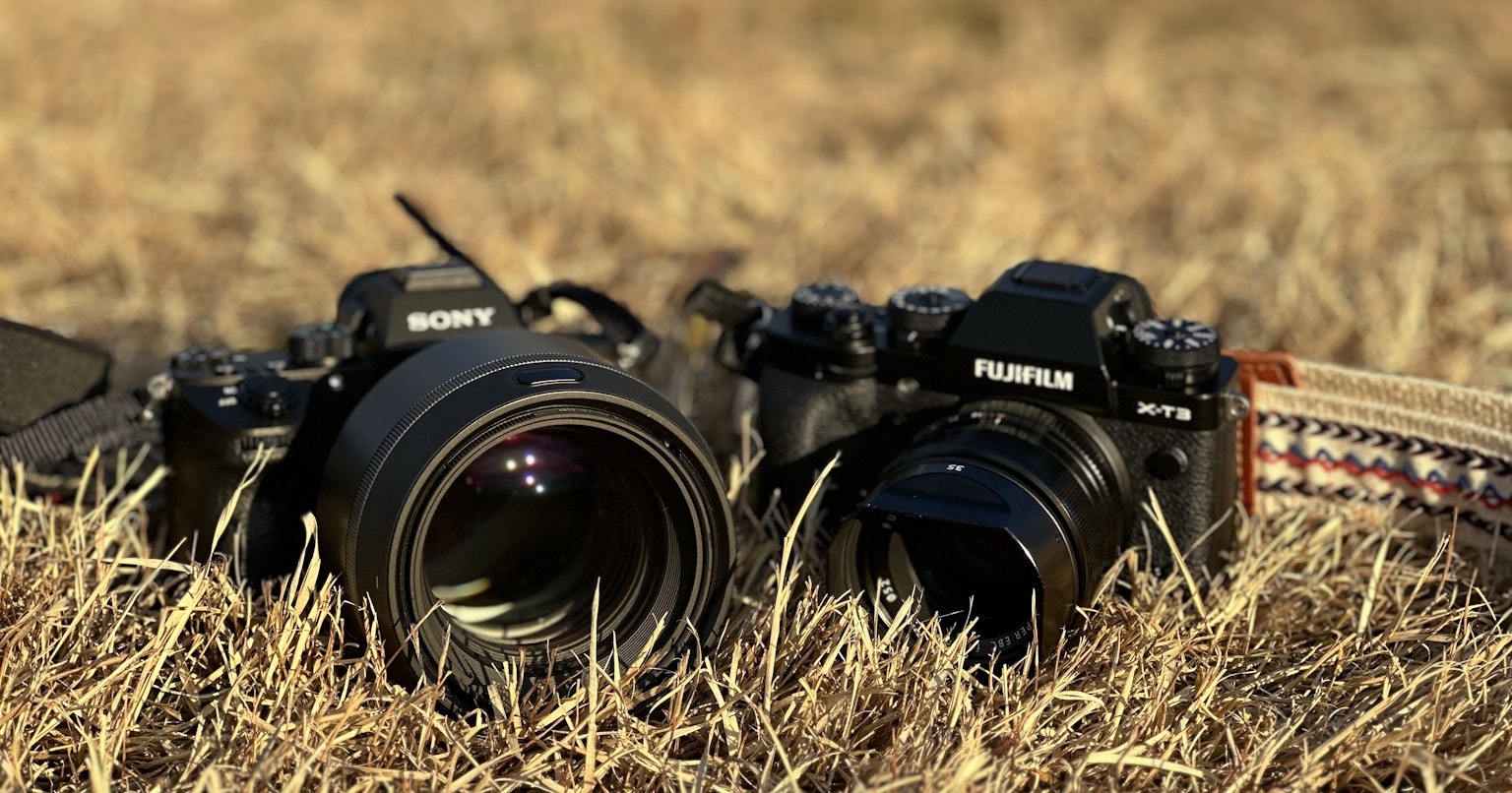Differences and How to Choose Between In-Body and In-Lens Stabilization | Knowledge #68

Cover image by らっしぃ
When choosing a camera, many people thoroughly research image stabilization features.
There are mainly two types of image stabilization: one built into the camera body (in-body stabilization) and the other integrated into the lens (in-lens stabilization). The question of which to choose often arises.
Image stabilization is an essential feature for taking clear photos, so in this article, we will clearly explain the advantages and disadvantages of both "in-body stabilization" and "in-lens stabilization," and how to choose between them.
Features of In-Body Stabilization
In-body stabilization is integrated into the camera body. It is similar to how a smartphone screen detects shake and automatically corrects movement.
The advantage of in-body stabilization is that it works with any lens. For example, even if you purchase a new lens, the stabilization will function, eliminating the need for additional investment.
On the downside, the camera body may become slightly heavier. Also, when shooting with an optical viewfinder, the stabilization effect may not be immediately visible.

Image by ICHIHO
Features of In-Lens Stabilization
In-lens stabilization is built into the lens itself. It is similar to having suspension on a bicycle handle.
The advantage of in-lens stabilization is that you can immediately see the stabilization effect when looking through the viewfinder. For example, when photographing moving subjects, you can instantly check for shake while shooting.
On the downside, lenses with stabilization tend to be slightly more expensive, and the lens itself may become larger and heavier. Additionally, it may not accommodate all types of shake, so there are limitations in specific situations.

Image by 永田 仁二/ShinjiNagata
Points for Choosing
Advantages and Disadvantages of In-Body Stabilization
- Advantages
- Works regardless of the lens
- No additional investment needed as it does not depend on the lens
- Disadvantages
- The camera body becomes heavier
Advantages and Disadvantages of In-Lens Stabilization
- Advantages
- Immediate stabilization effect visible through the viewfinder
- Disadvantages
- Tends to be slightly more expensive
Whether beginners or intermediate users should choose either stabilization depends on usage and shooting style.
For example, if you want to carry a lightweight camera when traveling or use various lenses, in-body stabilization is suitable.
On the other hand, for specific scenes or when photographing fast-moving subjects like sports, in-lens stabilization is convenient.
Choose the stabilization that suits your shooting style and enjoy taking beautiful photos. Enjoy discovering the best shooting style for you while exploring the ever-evolving world of cameras with the latest technology!



